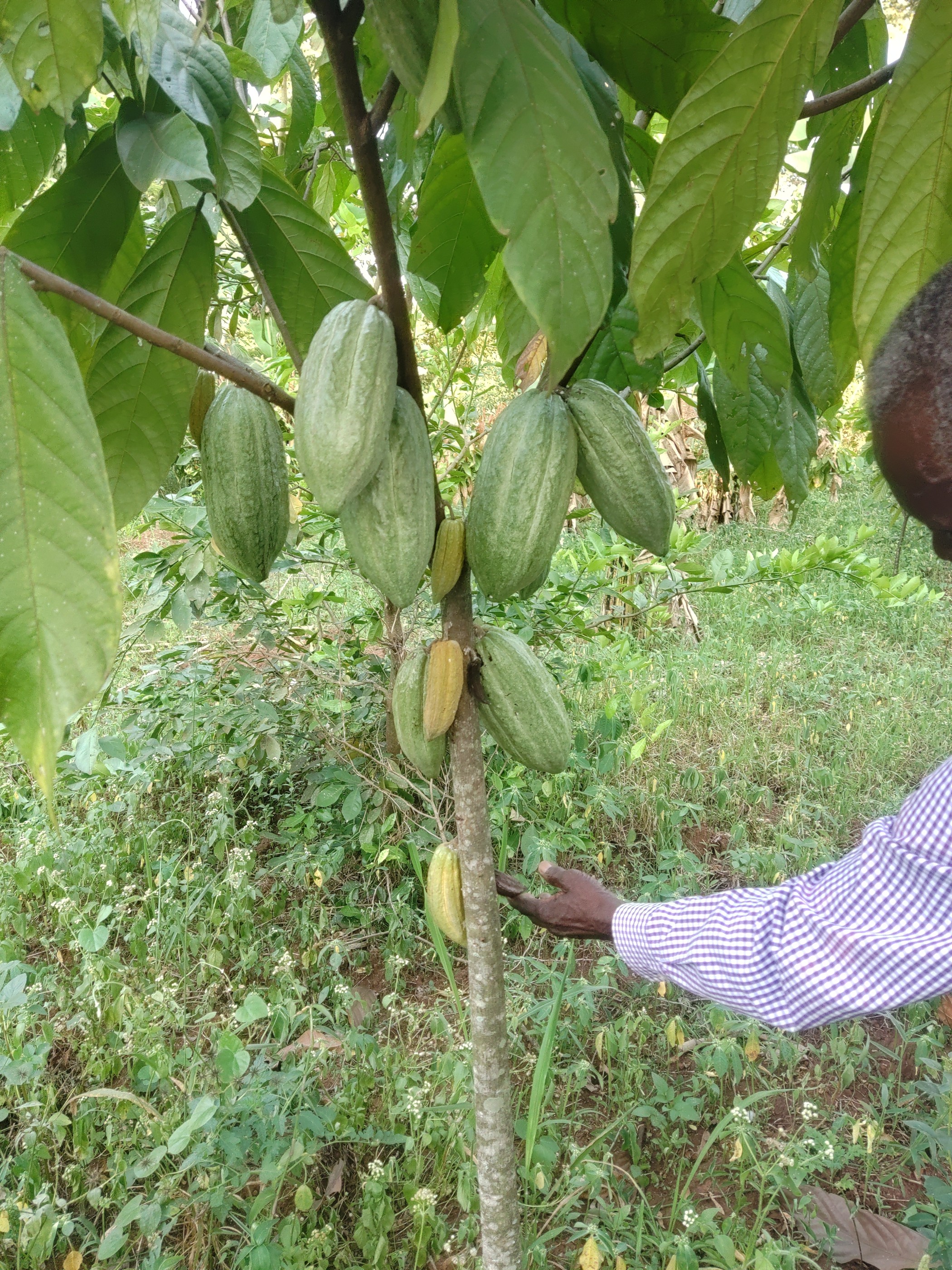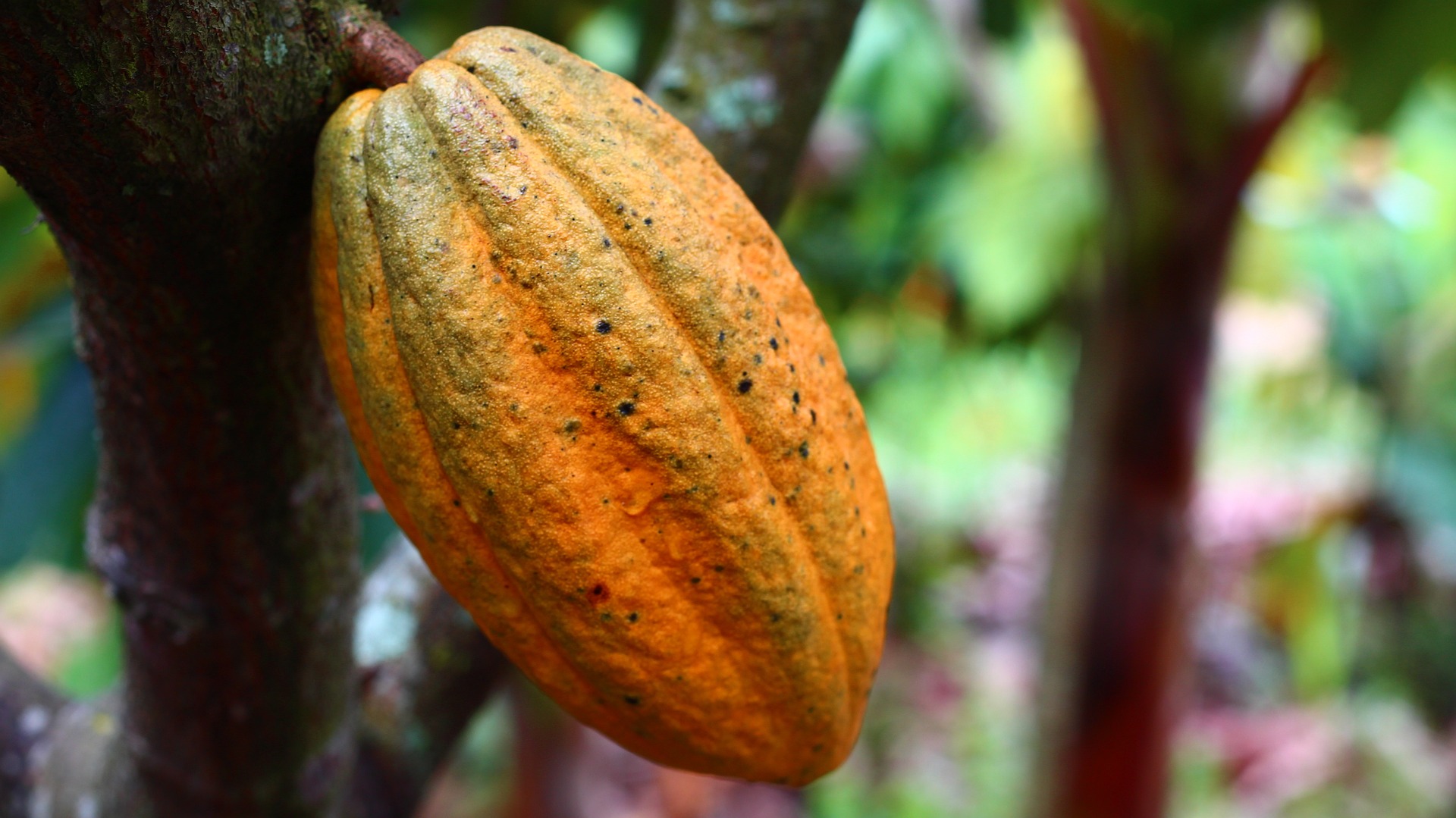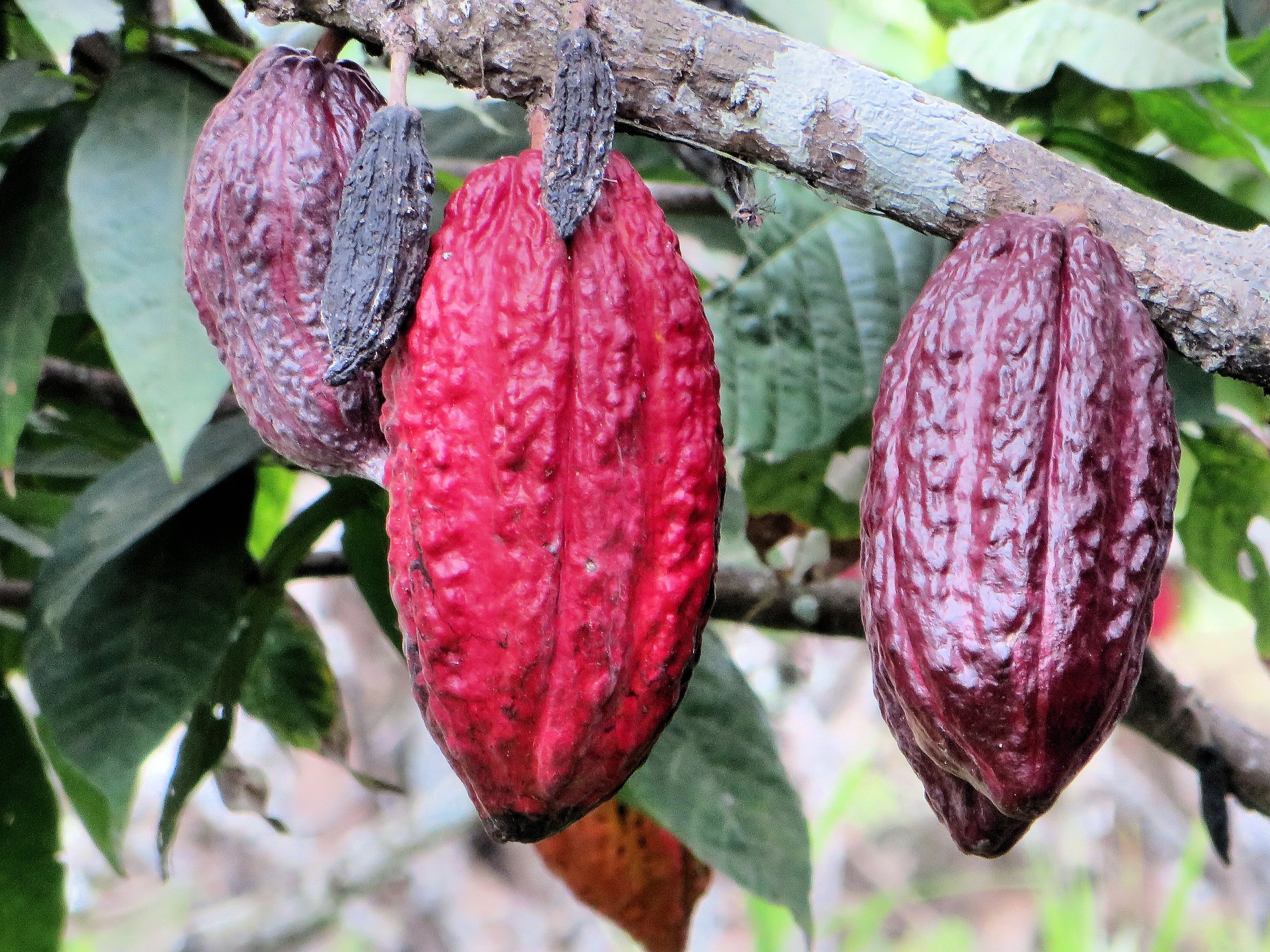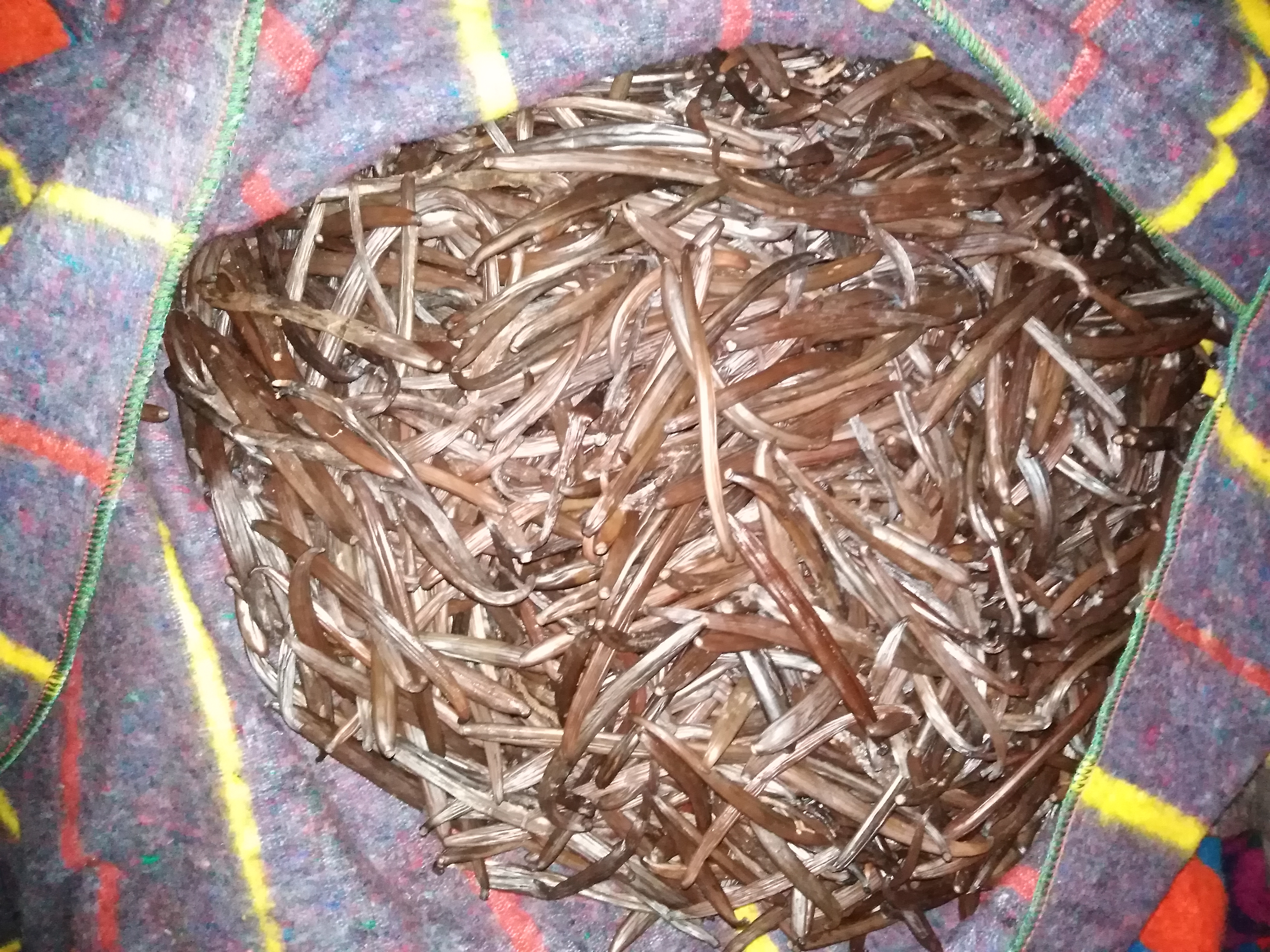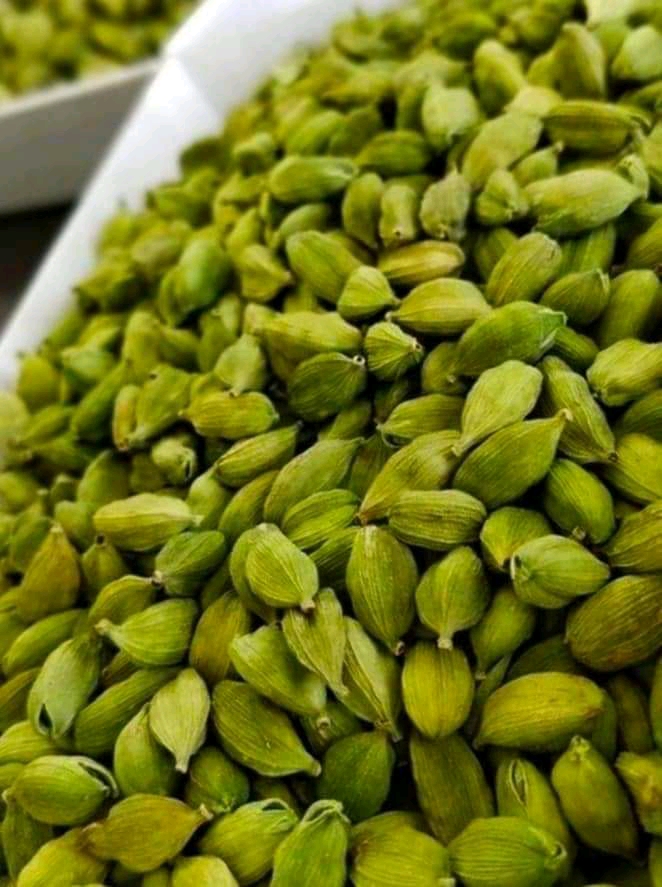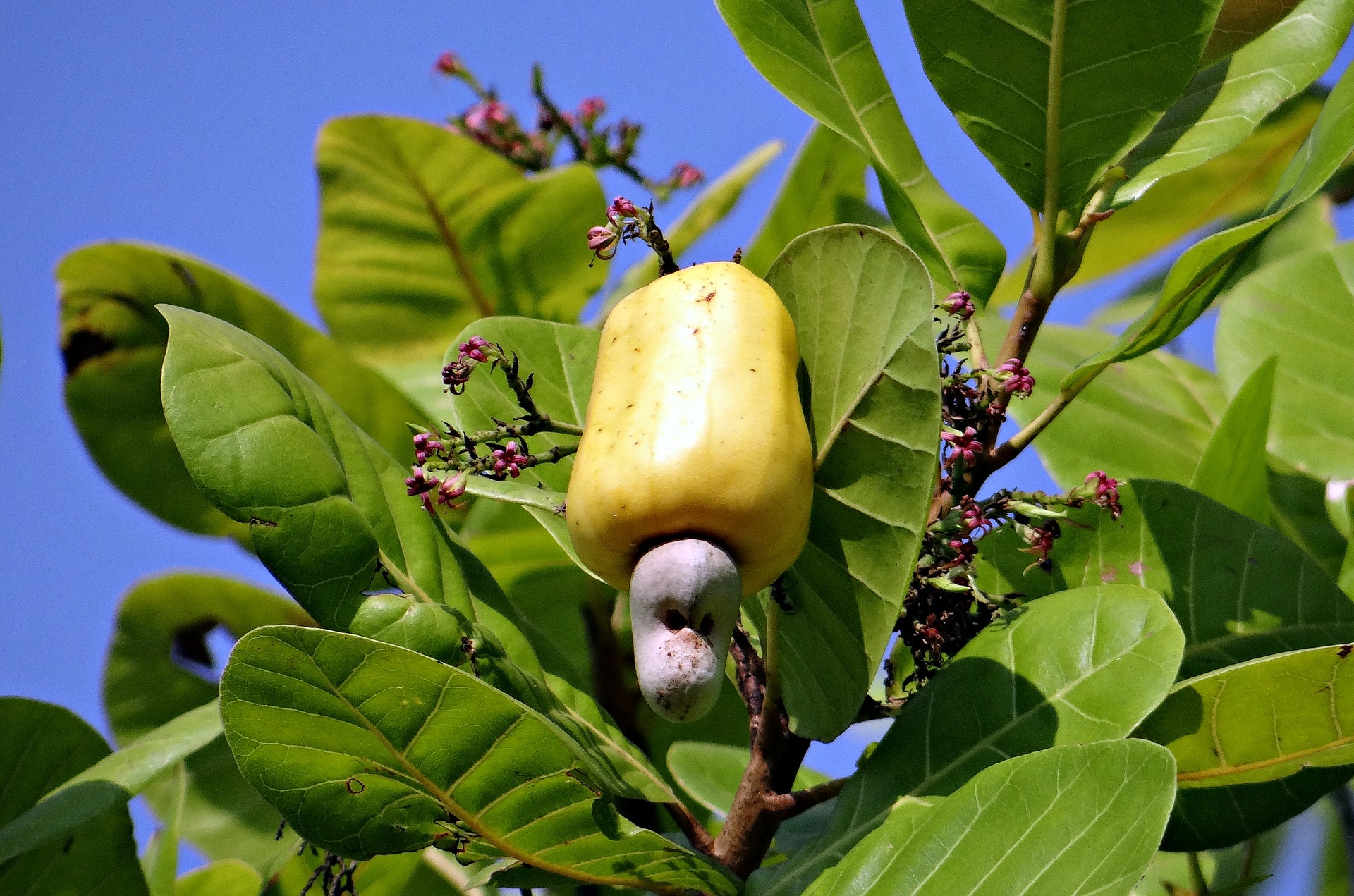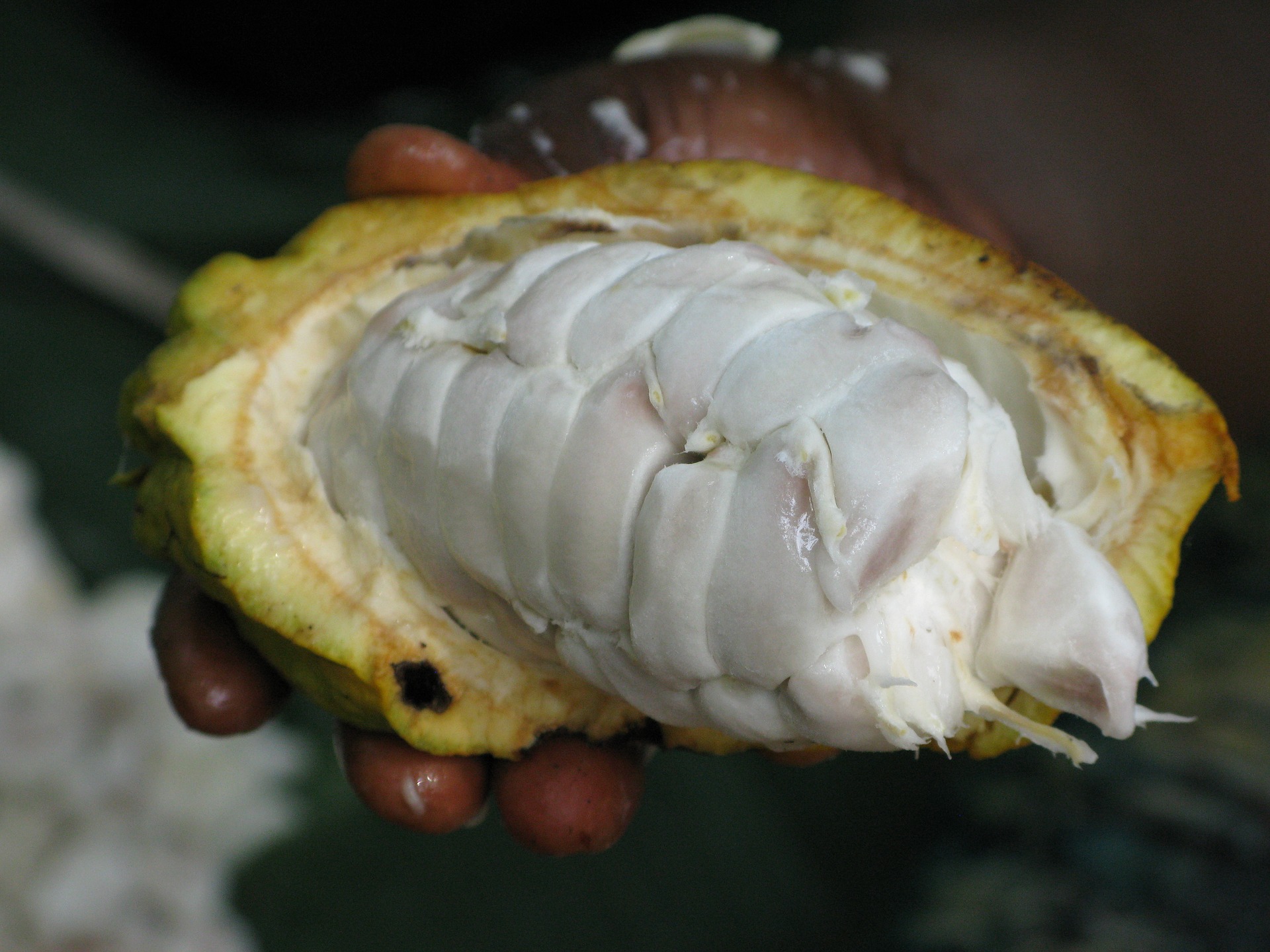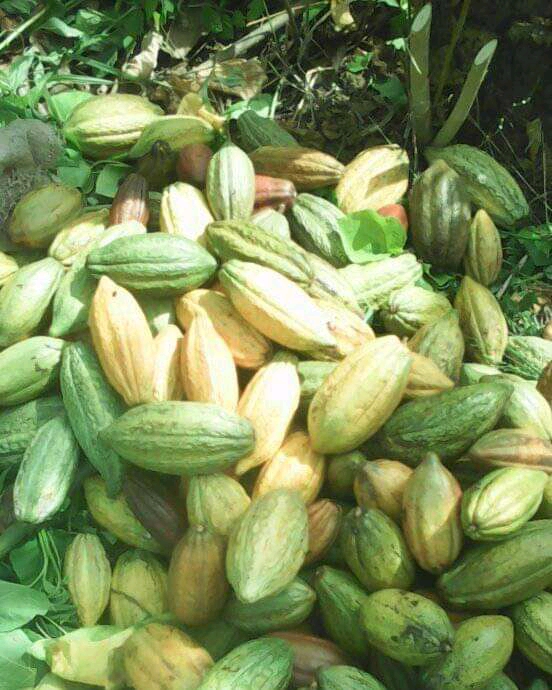
Your Agricultural Guide While In Uganda
Welcome the flawless consultants limited agriculture guide in Uganda. This guide is geared to help you, our beloved know and learn more about the agricultural sector in Uganda. Questions like; how do grow a particular crop, where do you grow a particular, where do you sell your produce after harvest, what costs do i incur if i am to grow a particular and so much more are all addressed here.
So, lets look briefly about Uganda's agriculture...
Uganda's favorable soil conditions and climate have contributed to the country's agricultural success. Most areas of Uganda have usually received plenty of rain. In some years, small areas of the southeast and southwest have averaged more than 150 millimeters per month. In the north, there is often a short dry season in December and January. Temperatures vary only a few degrees above or below 20 °C but are moderated by differences in altitude.
These conditions have allowed continuous cultivation in the south but only annual cropping in the north, and the driest northeastern corner of the country has supported only pastoralism. Although population growth has created pressures for land in a few areas, land shortages have been rare, and only about one-third of the estimated area of arable land was under cultivation by 1989.
All in all, Uganda is a country gifted by nature. The soils are fertile and very easy to cultivate. Uganda generally is made of fertile soils and well distributed rainfalls...
A guide on how to plant and grow Vanilla Beans in Uganda

The vanilla bean has very specific sun and shade requirements that benefit the environment – especially in places like Uganda, where the forest has been decimated. Cultivation of vanilla requires tutor trees for the vines to grow so it can be grown along with other crops like cacao.
Before I show you how to grow vanilla I have to give you a little warning. Vanilla is very addictive. Once you try it out, you'll never leave it alone because there are good years when you earn pretty good money. There are also years when you lose everything. This is usually due to the disease called vissarion. This disease kills the roots of the crop. However, if you do what I tell you to do, then you will not have problems with this disease.
Click here to inquire or buy vanilla from Uganda
A vanilla plant is an orchid which means it will climb other trees usually up to the top. If the tree is 30 to 40 meters tall a vanilla vine will grow to the very top of that tree. If you allow the vanilla plant to climb to the top, then you will not be able to get it down. So today you are going to learn how to plant a vanilla flag.
Planting a vanilla vine in your vanilla garden in Uganda
First you have to cut a bind. You have to make sure the line is healthy and free of disease. But before you cut any binds you have to see if there is a waxing moon or a waning moon which is just after the whole moon of course you know better than me about the effects of the moon on agriculture. If you are in a waxing moon don't touch the vanilla. But how are you going to know if it's waxing if you don't have calendars? Well, that’s simple just grab a leaf and bend it. If you're in a waxing moon the leaf will snap broken!
Click here to inquire or buy vanilla from Uganda
The waning moon is three days after the full moon and lasts for 10 days. Here the leaf does not snap when bend. The vine will take root. You will now cut off the tip of the vine since you usually lose it anyway.
After that, you need to choose a Tudor tree so the vines can grow from and climb up. The best Tudor tree is Coco. However, we other trees we use to help support the vanilla to climb up. Another very important thing to note is that vanilla doesn't grow in the soil. It grows on top of the soil. This is very important. Do not plant vanilla below the soil.
Now you will have to prepare the soil before planting the vanilla vine. Remove all the weeds and clear the surface of the soil and dig a little pearl. But how do you know which end of the vanilla vine to put up and which end to put down? Now, where the leaves connect to the vine the armpits should point up and the other end is down.
Click here to inquire or buy vanilla from Uganda
Do not plant vanilla under the soil. After that, you will need to cover the vine with dry leaves and break them up into smaller pieces. Leave the two tips of the vine uncovered. This way microbes won't get into the vine and it won't rot.
Factors you should consider for good yields from Cassava Growing in Uganda
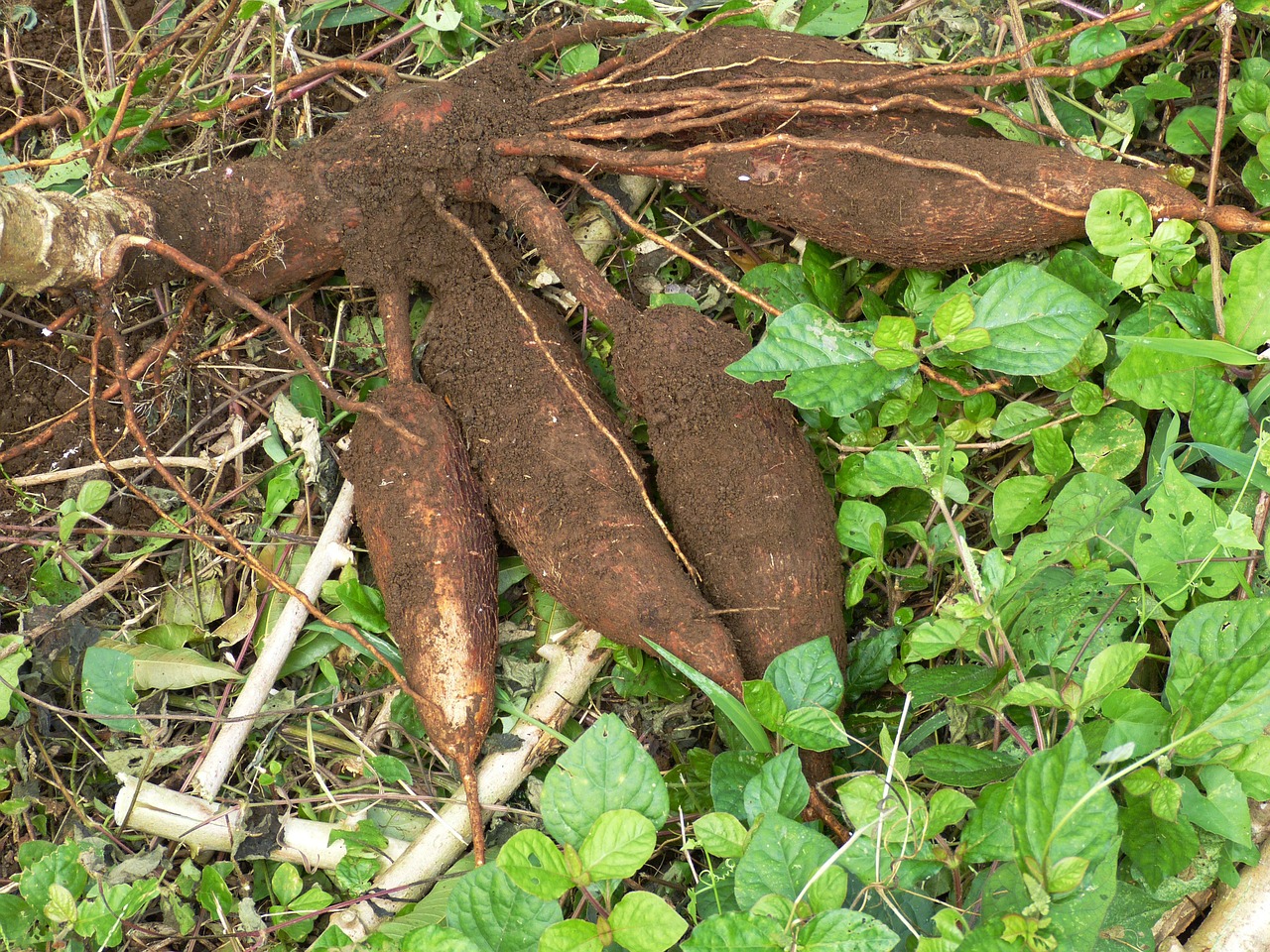
Cassava cultivation is an annual activity for many farmers both in Uganda and other Cassava growing Countries. This is basically because it is a major commodity first in the diet of many farming families and secondly because of its resilience even in very bad weather condition.
However, good cassava cultivation like many cropping ventures requires favorable conditions like enough rainfall, sunlight, nutrients, space and other good management practices to have very good yields.
This guide provides the information that is required to start and ensure very good cassava cultivation.
1. Site selection
Cassava does well in areas with well-distributed rainfall relative to dry areas where yields are low. In site selection, preferably, you should have an idea about the history of the land. That is to say, recent cropping activities on the land. For example, if the land was used to crop root tubers like cassava, yam, potatoes (heavy nutrient consumers) etc. in the previous seasons, then that might have depleted a number of soil nutrients. Moreover, lands that have been used continuously over the seasons to grow non-leguminous crops should be improved for good cassava cultivation.
The application of fertilizer can help to improve the soil. Select lands with deep loamy soils. Clayey soils are not suitable for cassava cultivation. Loamy soil type has moderate water infiltration and retention abilities good for cassava growth.
Click here to inquire or buy cassava from Uganda
2. Land preparation
No-till under conservation agriculture comes to mind at this point. The practice of no-till will help reduce the effect of inadequate rainfall that may lead to crop failure. During land preparation for cassava cultivation avoid;
a. Slashing and burning. You may, however, carry out this upon recommendation by the Agricultural Expert.
b. Ploughing (disturbing the soil)
Clear land by slashing and cutting trees in smaller pieces and allow the vegetation residue on the surface of the soil.
3. Planting material selection
The choice of a cassava variety depends on; the preference of consumers, yield, resistance to pest and diseases and the maturity period of the cassava.
Farmers mostly obtain their materials from their own farms or other farmers’ farms. Obtaining materials continuously from one source may lead to the build-up of diseases in the planting materials. Select cassava planting materials from disease-free fields.
Click here to inquire or buy cassava from Uganda
4. Planting material preparation
Use the mature parts of the cassava stick as planting materials. Use sharp cutlass to cut the stem into 20cm-25cm long pieces with 5-7 nodes.
5. Planting
In the forest zone, farmers plant between April and May, or in August, while, in the savanna areas they plant between May and June. However, you may consider your local farming calendar for appropriate planting times.
Plant cassava with the node’s growth direction upward and ensure it is well placed in the soil with about 2/3 of its length slanted below the soil. Plant at a distance of 1m x 1m.
6. Fertilizer application
Additionally, cassava requires an adequate supply of nutrients to ensure optimum yields. You can, however, ensure this by the application of fertilizer, preferably organic like farmyard manure. Apply poultry manure 250g per plant 4weeks after planting.
Click here to inquire or buy cassava from Uganda
7. Weed control
Weeds can cause considerable loss of cassava if not well controlled. They compete with the cassava for sunlight, space, nutrients and water.
You may control weeds by slashing or hoeing. You may also use suitable crops like cowpeas as intercrop to suppress the growth of weeds. Some varieties of cassava that forms canopy early are also effective in weed control.
8. Harvesting
Harvest cassava at maturity between 9-12months after planting. Different varieties of cassava vary in maturity periods. Having an idea of when your choice of variety matures will ensure a timely harvest.
Have A Great Story About This Topic?
Do you have a great story about this? Share it!
Other related articles
How to Grow Cardamom Spice while in Uganda Not rated yet
Learn How to Grow Cardamom, one of the most expensive spices in the world. Growing cardamom is not that hard, learn how to grow it in this guide that we …
Growing Moringa Trees In Uganda Not rated yet
If you are living in Uganda, this is a must grow plant in your garden. It is a low care plant, drought tolerant and rarely needs any fertilizer. However, …
Your Guide On How To Grow Watermelons In Uganda Not rated yet
Watermelon farming is a venture a farmer who wants quick money should invest in. watermelon growing is a bit tricky but once you get used to the dynamics, …
How to set up a fish pond while in Uganda Not rated yet
Aqua-culture is the growing of fish and any other water creatures naturally or artificially. Due to the reducing number of fish in Uganda’s waters, the …
How To Increase Yields From Fish Farming While In Uganda Not rated yet
The Food and Agriculture Organization (FAO), a specialized agency of the United Nations that leads international efforts to defeat hunger estimates that …
Your guide to growing carrots in Uganda Not rated yet
Carrots are widely grown in the mid and highlands of Uganda. They have high content of carotene (a Precursor of vitamin A) which prevents night blindness. …
What Everybody Ought To Know About Robusta Coffee From Uganda Not rated yet
Behind Coffee Arabica, Robusta is the second-most popular coffee in the world today. It is produced by the Coffea canephoraplant, which was originally …
How to grow collard greens or Sukuma Wiki while in Uganda Not rated yet
Well don’t be too fast to think you don’t know what collard greens are, because you do know them very well.
Have you ever heard of ‘Sukuma wiki’? Of …
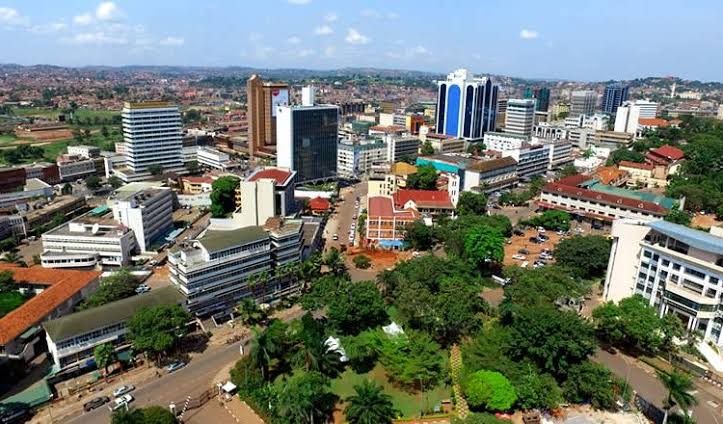 Aerial View Of Kampala City
Aerial View Of Kampala City





 Buy A 140K Grader In Uganda
Buy A 140K Grader In UgandaFor inquiries or Orders:
Contact Us On:-
E-mail: Info@flawlessconsultsug.org
Or
Call/Whatsapp Us on: +256-772 238575For inquiries or Orders:
Contact Us On:-
E-mail: Info@flawlessconsultsug.org
Or
Call/Whatsapp Us on: +256-772 238575









